

The pile of signage lying on the grass in the photo above is on its way up over the front door of Ethiopian restaurant Blue Nile ahead of its planned opening on Saturday at 3030 Audley St., just off Westheimer. Blue Nile is expanding to Upper Kirby from its original location on Richmond between Gessner and Fondren, which opened in 1994. Luigi’s Cucina Italiana closed down in the gabled building last year after moving into it from Galveston in 2014.
The new restaurant’s signs are replacing Luigi’s old ones — now fully unlit and unmounted:



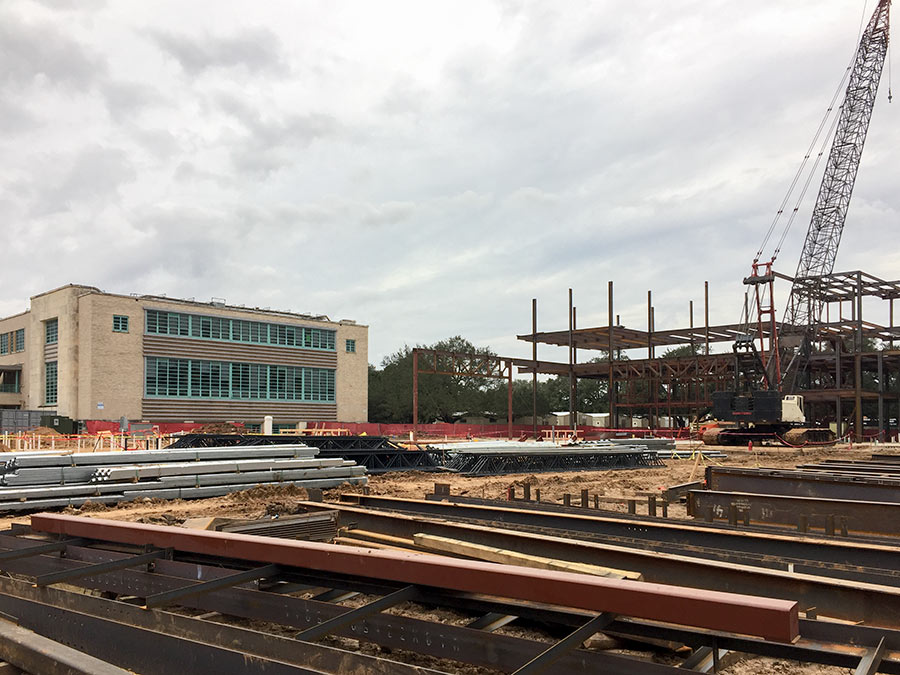
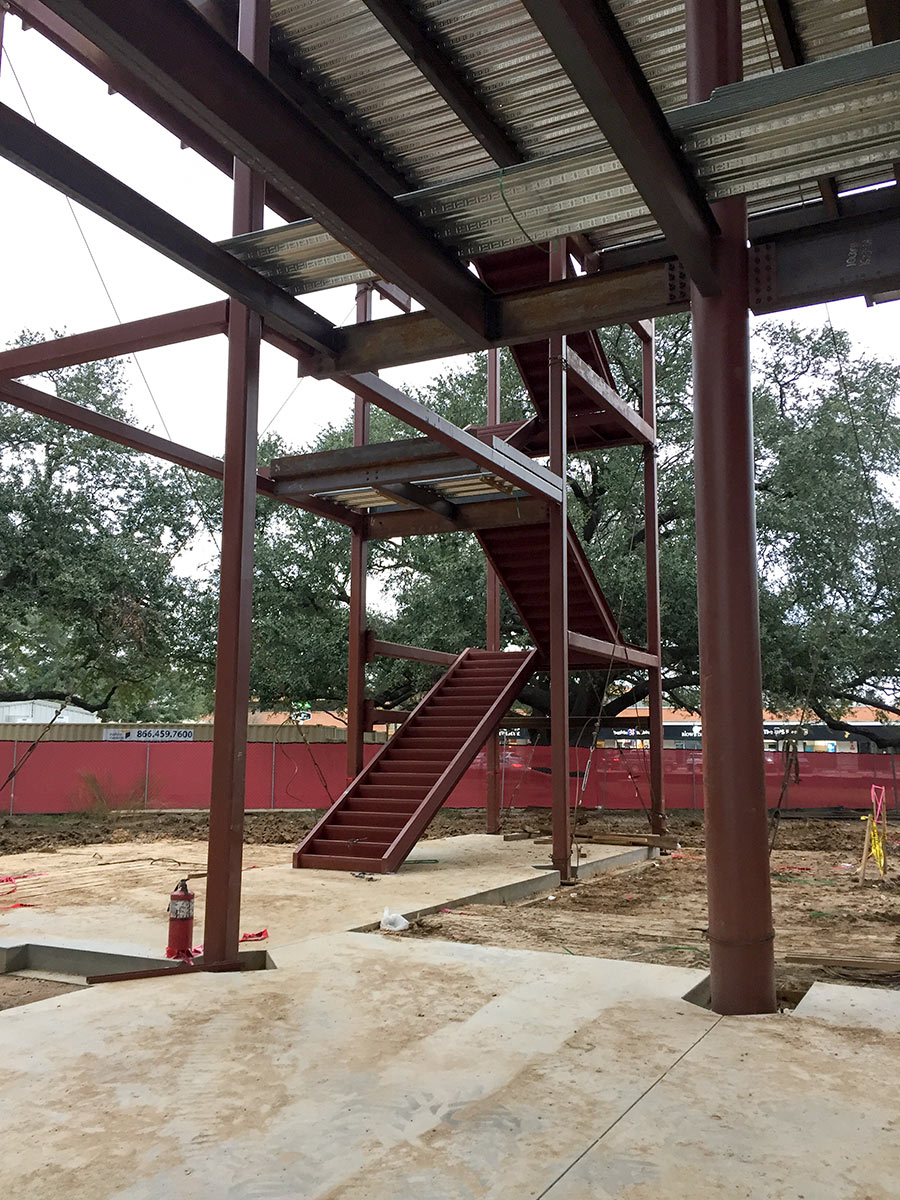


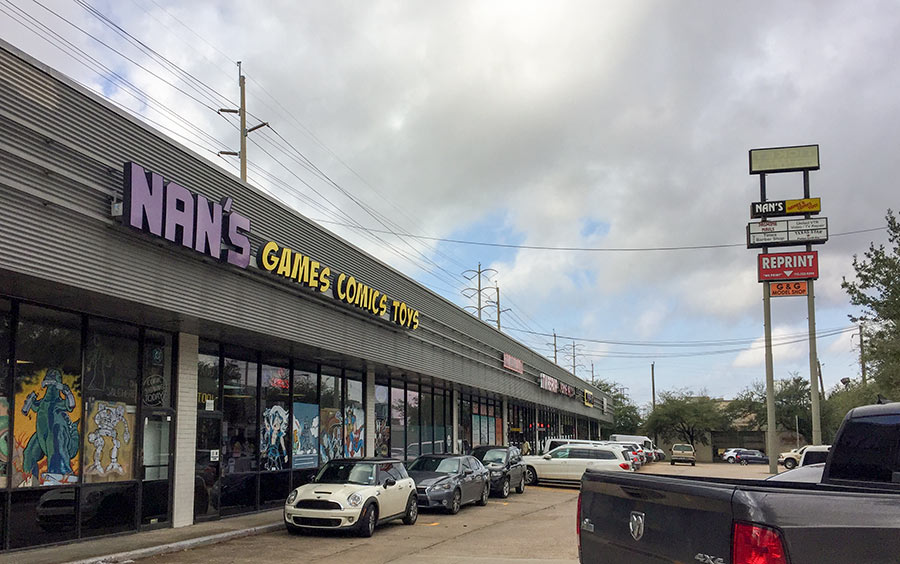
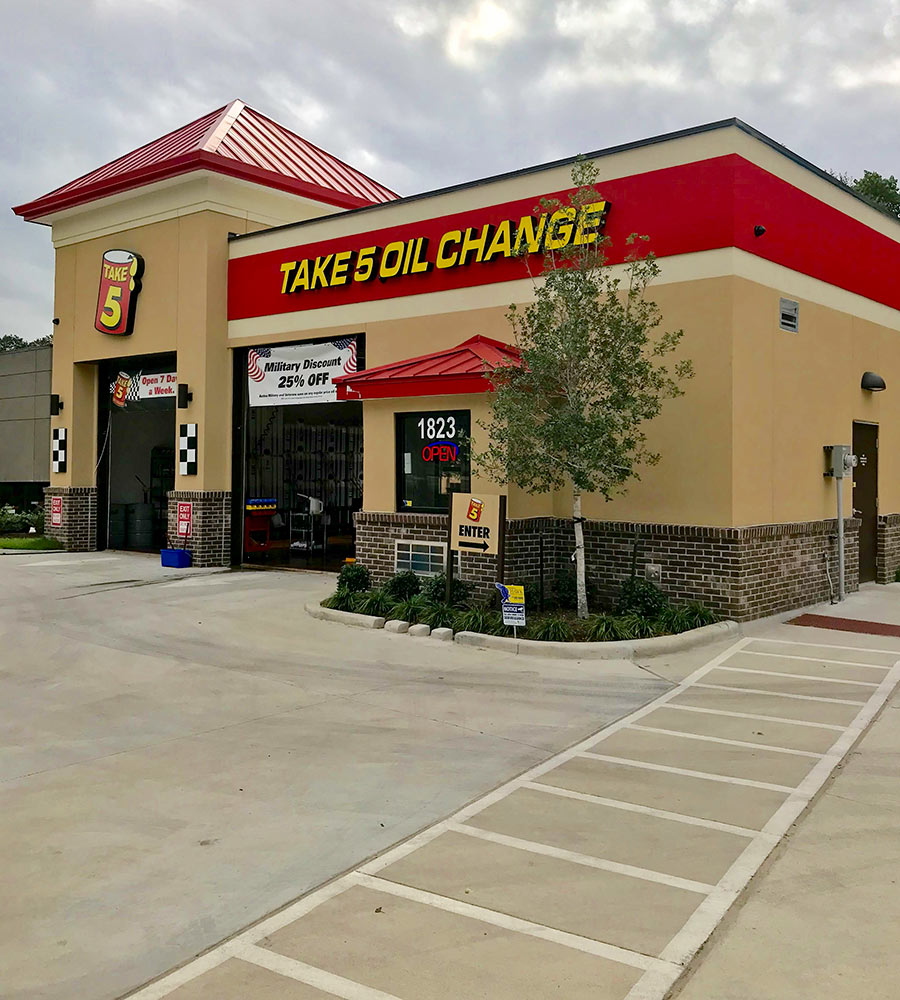


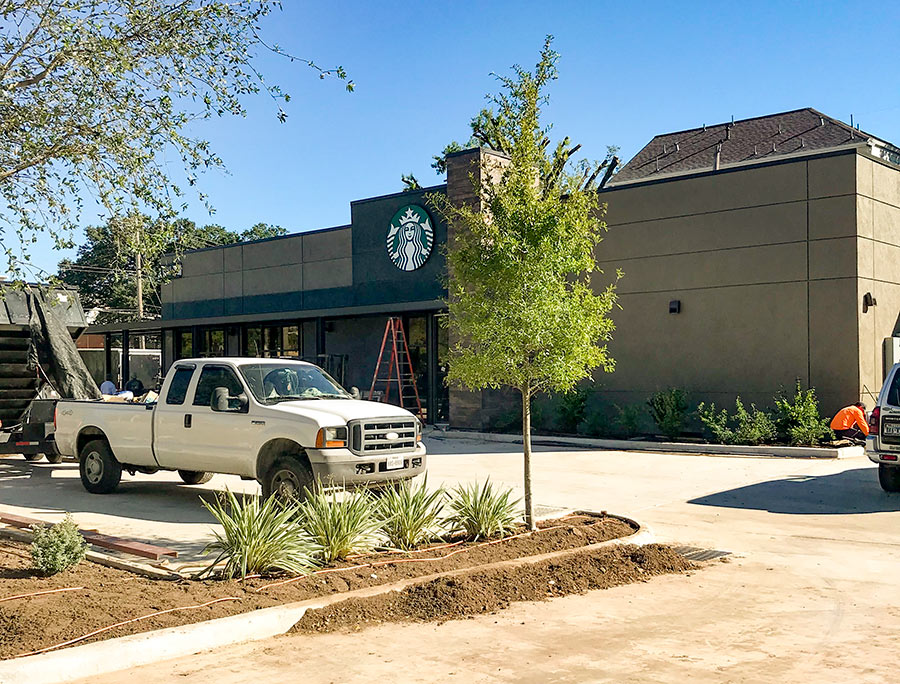
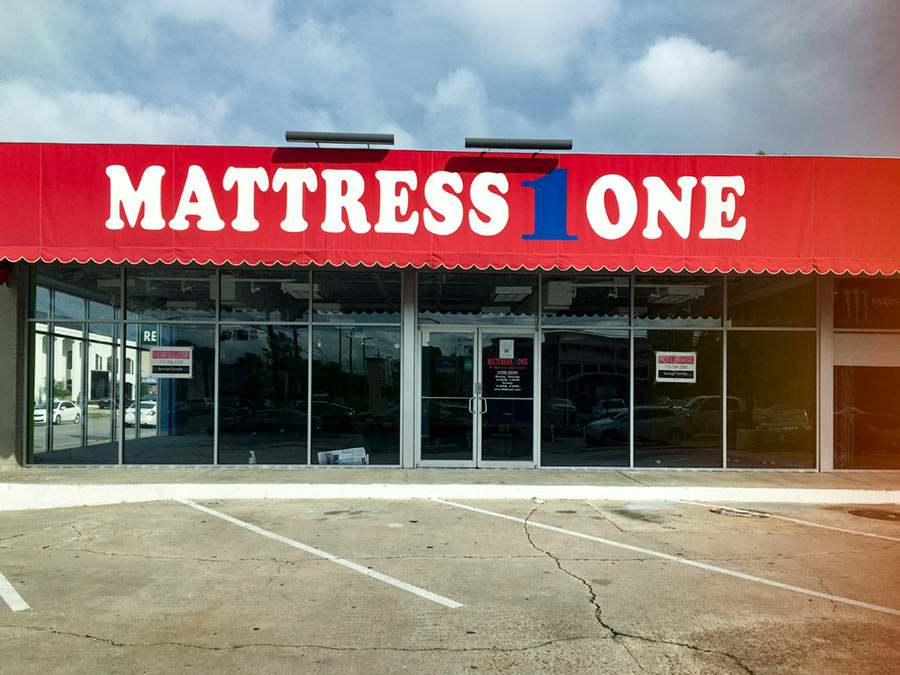
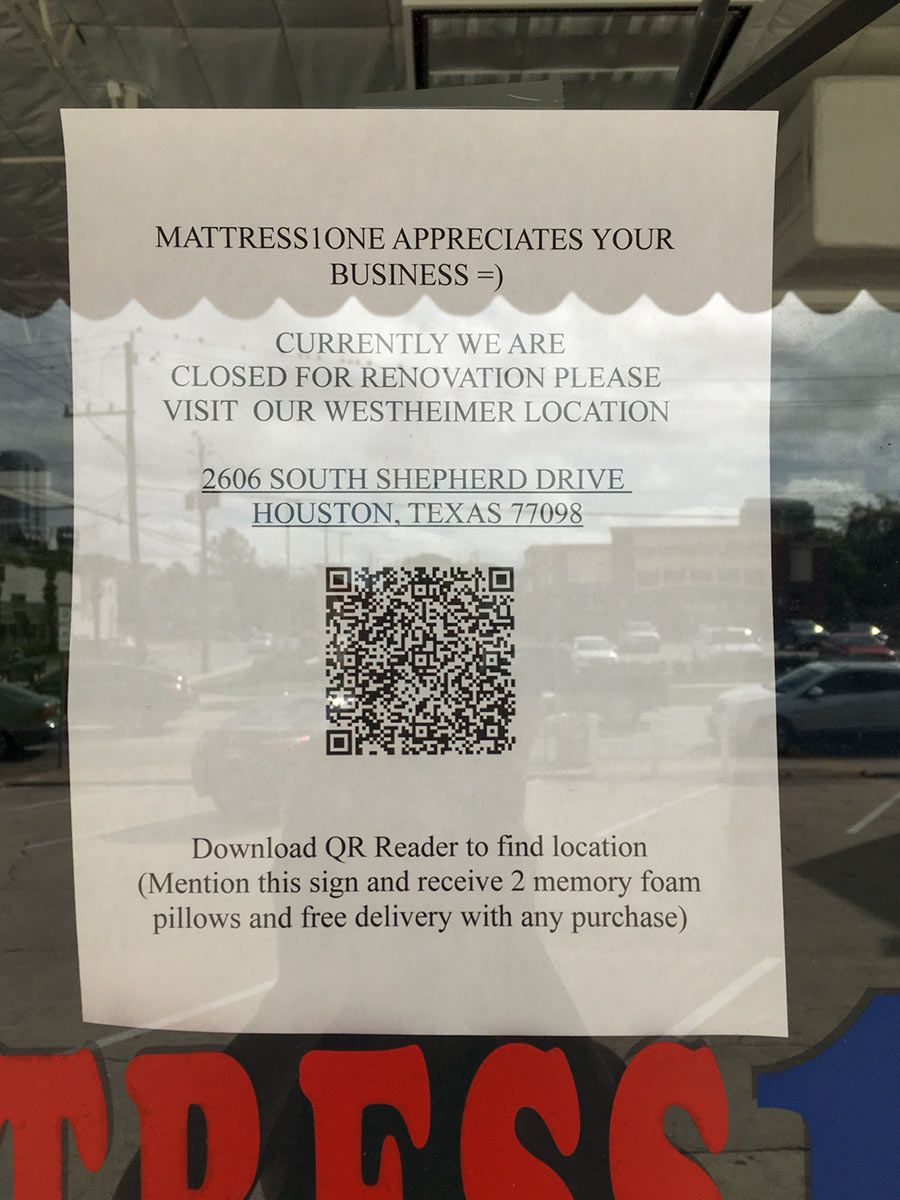
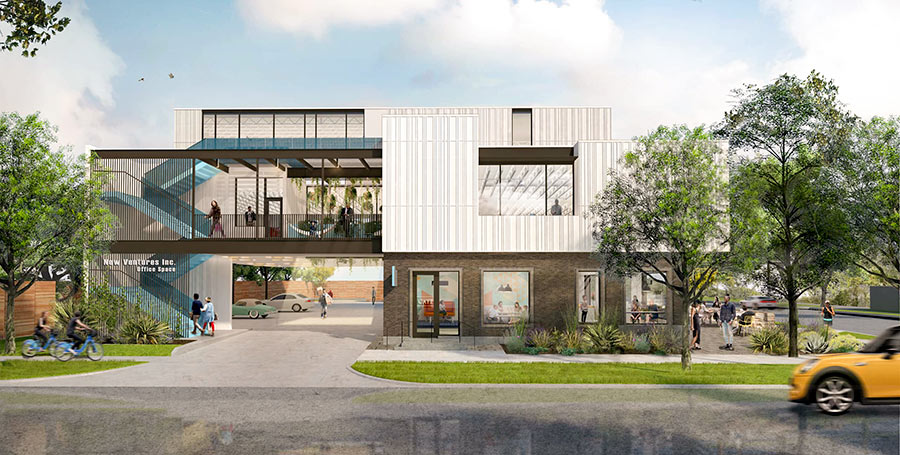
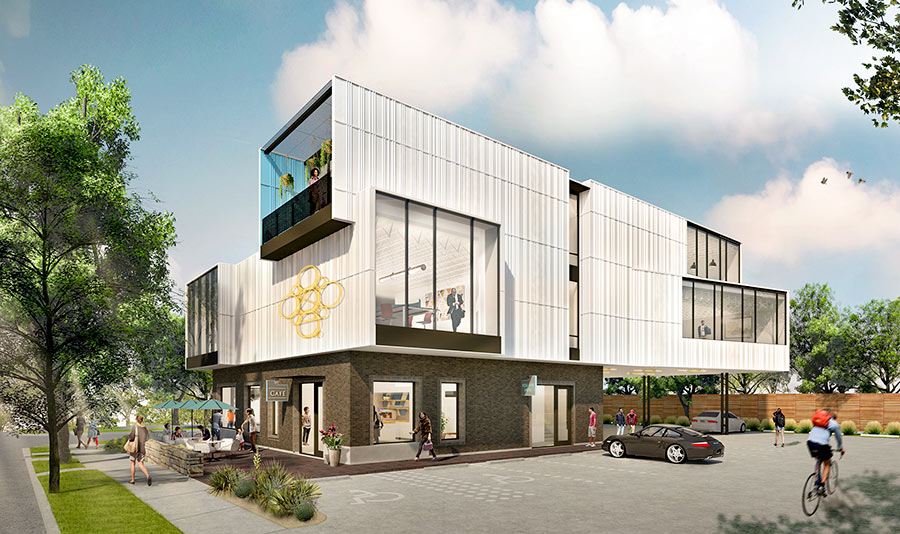
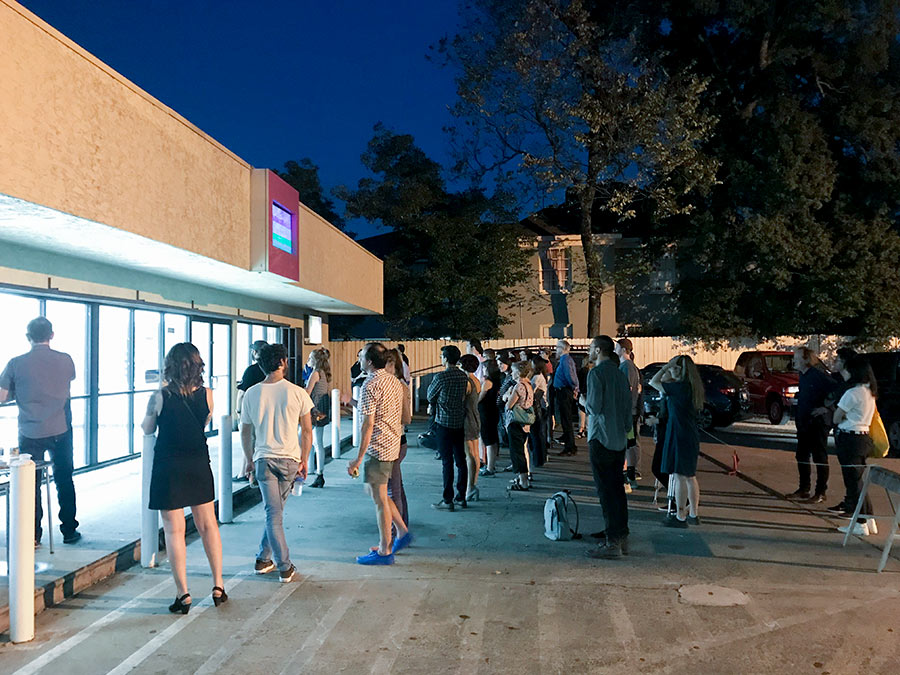
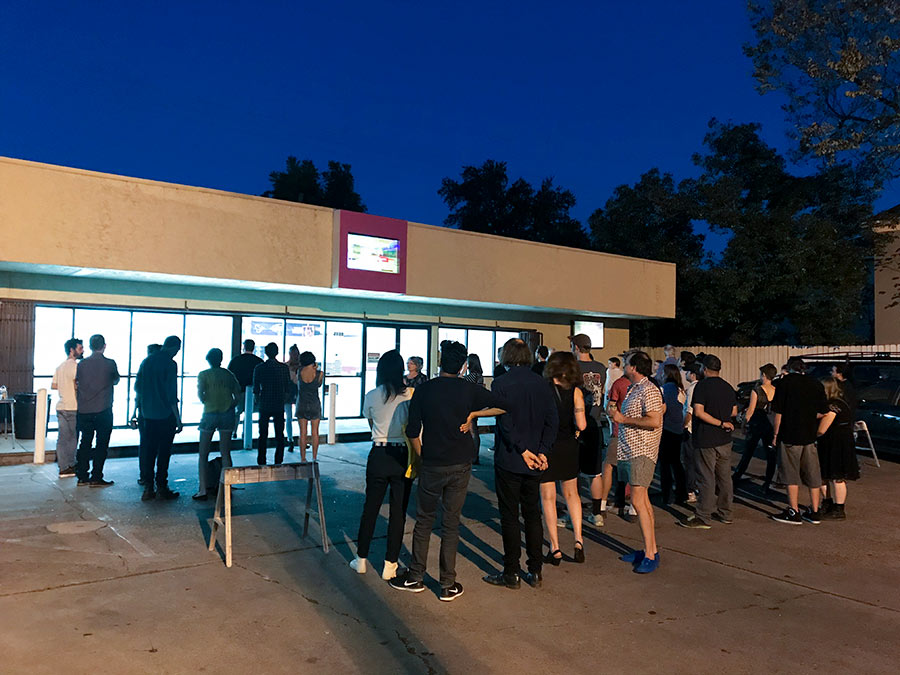

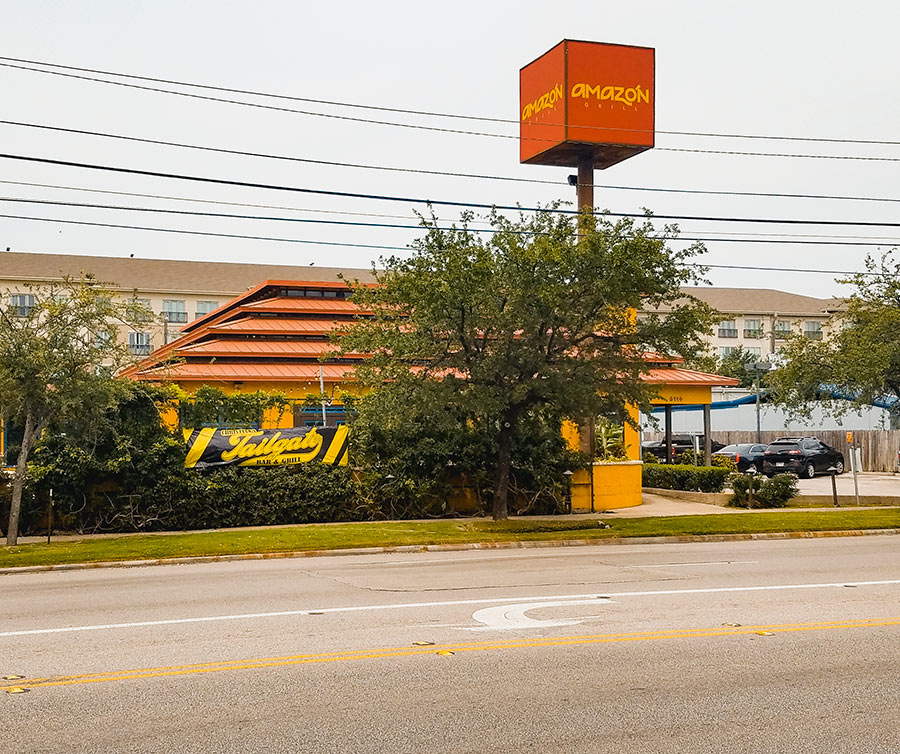
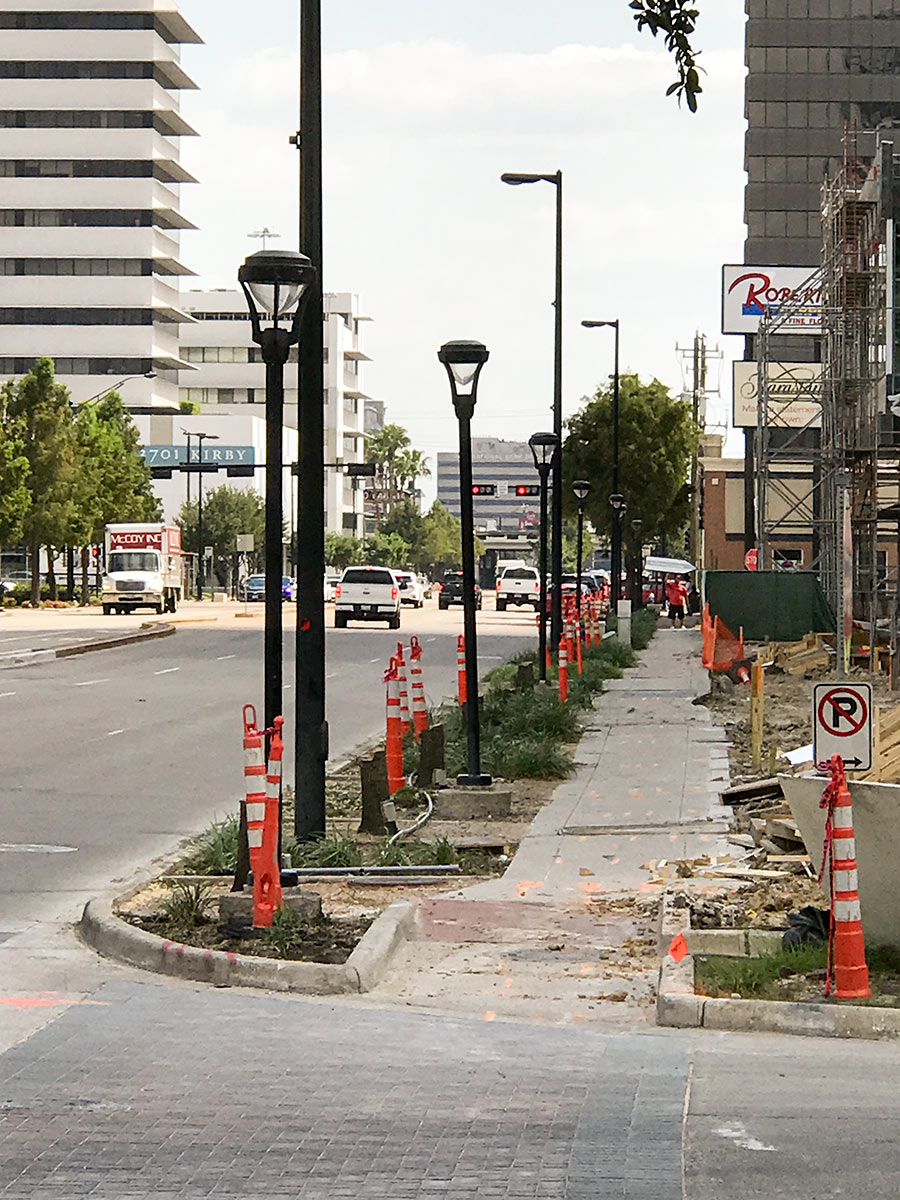
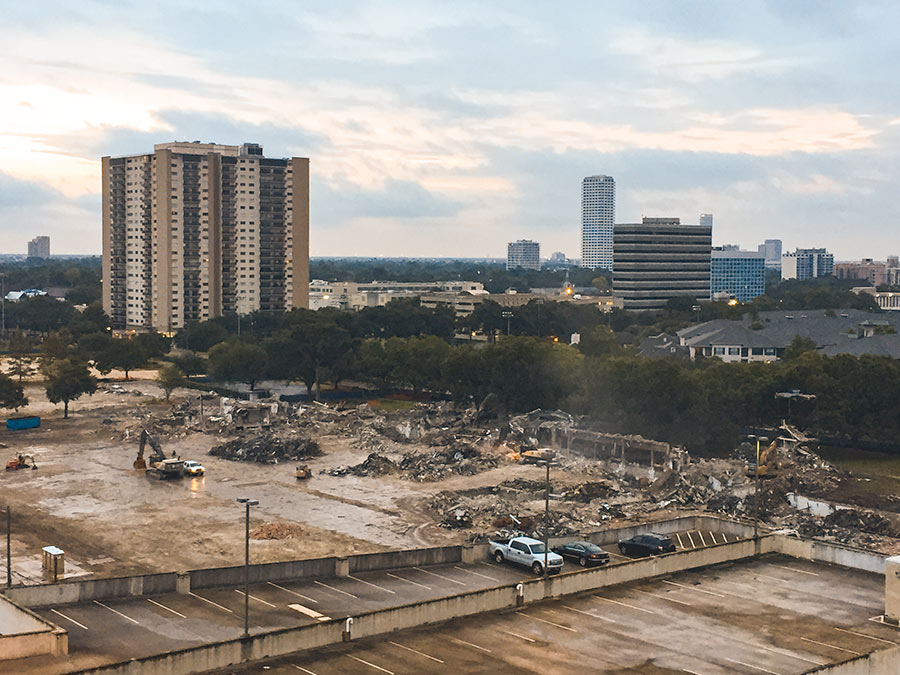

 Among Houston’s grids, strips, and cul de sacs, let a million neighborhoods bloom! Perhaps the story of how the area around upper Kirby Dr. came to be known as Upper Kirby can form some sort of template for this city’s vast numbers of undifferentiated districts just waiting to be branded? “We weren’t Greenway Plaza, we weren’t Montrose, we weren’t Rice Village,†Upper Kirby Management District deputy director Travis Younkin tells reporter Nicki Koetting. It was a section of town that lacked identity. “This nameless neighborhood, Koetting adds, “was the sort of place you drove through on the way to other, named neighborhoods.” One helpful step along the way: Planting the shopping areas with red phone booths. “The authentic British phone booths are an homage to Upper Kirby’s acronym, and actually operated as phone booths for a few decades until cellphones became the norm,” Koetting notes. “
Among Houston’s grids, strips, and cul de sacs, let a million neighborhoods bloom! Perhaps the story of how the area around upper Kirby Dr. came to be known as Upper Kirby can form some sort of template for this city’s vast numbers of undifferentiated districts just waiting to be branded? “We weren’t Greenway Plaza, we weren’t Montrose, we weren’t Rice Village,†Upper Kirby Management District deputy director Travis Younkin tells reporter Nicki Koetting. It was a section of town that lacked identity. “This nameless neighborhood, Koetting adds, “was the sort of place you drove through on the way to other, named neighborhoods.” One helpful step along the way: Planting the shopping areas with red phone booths. “The authentic British phone booths are an homage to Upper Kirby’s acronym, and actually operated as phone booths for a few decades until cellphones became the norm,” Koetting notes. “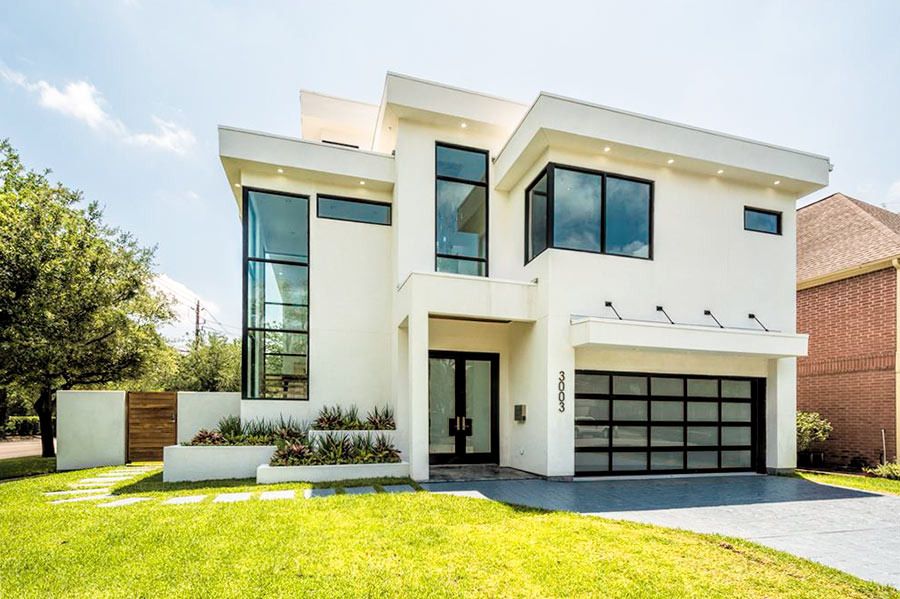 “The typical McMansion follows a formula: It’s large, cheaply constructed, and architecturally sloppy,” writes Kate Wagner on Curbed. “Until around 2007, McMansions mostly borrowed the forms of traditional architecture, producing vinyl Georgian estates and foam Mediterranean villas.” But Wagner, who regularly dissects and ridicules the housing type on her
“The typical McMansion follows a formula: It’s large, cheaply constructed, and architecturally sloppy,” writes Kate Wagner on Curbed. “Until around 2007, McMansions mostly borrowed the forms of traditional architecture, producing vinyl Georgian estates and foam Mediterranean villas.” But Wagner, who regularly dissects and ridicules the housing type on her